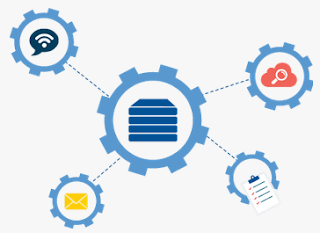Steps to Replicate Oracle Database to Snowflake

Oracle database has a unique networking stack feature that facilitates easy integration of applications, thereby ensuring data integrity and reliability. Despite this versatility, businesses opt for Oracle to Snowflake replication of databases. Why is this so? Snowflake, a cloud-based data warehousing solution has many benefits. It has separate compute and storage facilities and users can scale up and down, paying only for resources used. Further, multiple users can work on multiple workloads without facing any drop in performance. Here are a few steps to replicate data Oracle to Snowflake . •Mining data from Oracle to a CSV file – For extracting data, Oracle Database Server is used to query and redirect the result to a CSV file. For mining incremental data, that is data relating to changed records only after the last replication, a SQL Plus tool has to be run in appropriate conditions. •Converting and formatting data – Before replication, it is critical to ensure that the dat...





